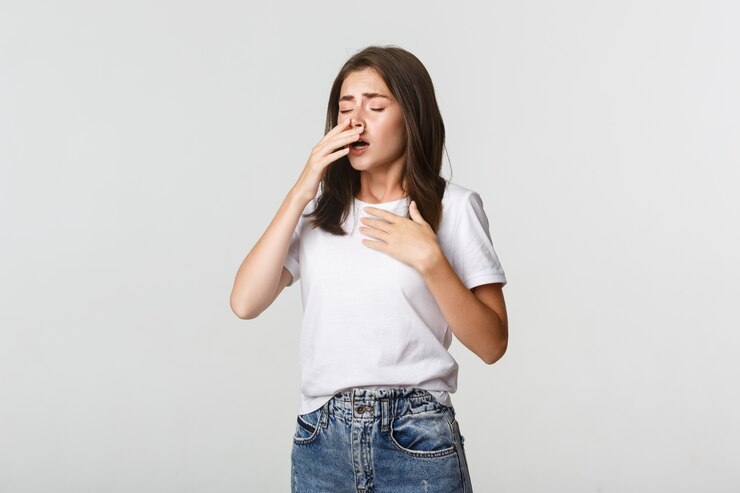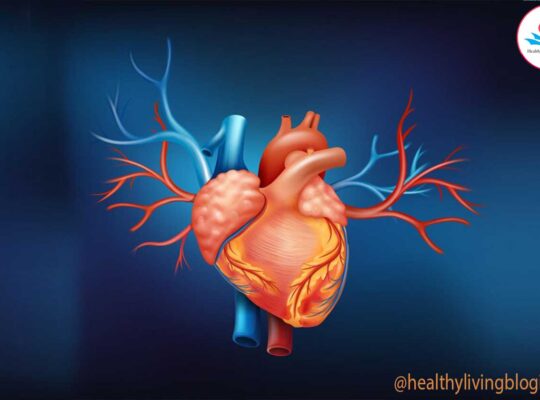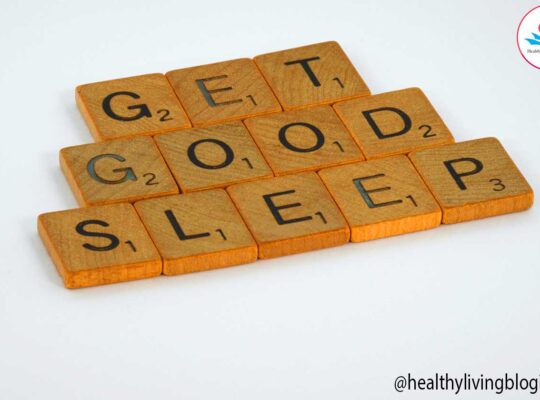Dyspnea, also called shortness of breath, is the feeling of difficulty or discomfort in breathing. It can be caused by different health issues like respiratory disorders, heart problems, anxiety, obesity, or high altitude. Dyspnea can range from mild to severe and can happen when you’re at rest or doing activities. If you’re experiencing ongoing or worsening dyspnea, it’s important to see a healthcare professional for evaluation and diagnosis.

Symptoms of Dyspnea:
Dyspnea, or shortness of breath, can cause the following symptoms:
- Rapid or shallow breathing.
- Feeling of chest tightness.
- Wheezing (high-pitched whistling sound during breathing).
- Bluish discoloration of lips, face, or extremities (cyanosis).
- Difficulty speaking or completing sentences.
- Anxiety or restlessness.
- Fatigue or exhaustion.
- Difficulty breathing when lying flat (orthopnea).
Causes of Dyspnea:
Dyspnea, also known as shortness of breath, can occur due to various contributing factors. Here’s a more detailed explanation of each:
- Physical Exertion: Engaging in activities that require physical effort, such as running, exercising, or climbing stairs, can lead to dyspnea. During these exertions, the body demands more oxygen, resulting in a sensation of breathlessness. Resting and allowing the body to recover usually alleviates this symptom.
- Lung Conditions: Dyspnea can be caused by underlying lung conditions such as asthma, chronic obstructive pulmonary disease (COPD), pneumonia, or lung fibrosis. These ailments can impair the lung’s ability to perform its essential functions of oxygen intake and carbon dioxide removal, ultimately leading to difficulty in breathing.
- Heart Problems: Various cardiovascular issues can contribute to dyspnea. Conditions like congestive heart failure, heart attacks, or irregular heart rhythms can diminish the heart’s capacity to supply the body with sufficient oxygen, resulting in breathlessness as a consequence.
- Anemia: Inadequate levels of red blood cells or hemoglobin, which carry oxygen to the body’s tissues, can lead to dyspnea. Anemia can be caused by factors such as iron deficiency, vitamin deficiencies, or specific medical conditions. Insufficient oxygen delivery due to low red blood cell count can manifest as shortness of breath.
- Obesity: Excessive body weight can place extra strain on the lungs and diaphragm, making it more challenging to breathe efficiently. People who are overweight or obese may experience dyspnea, particularly during physical activities and movements.
- Anxiety and Panic: Emotional factors like anxiety and panic attacks can induce dyspnea. During these episodes, individuals may experience rapid breathing, chest tightness, and the perception of being unable to catch their breath, even in the absence of any underlying respiratory or cardiovascular issues.
- Sedentary Lifestyle: Lack of regular physical activity and poor physical fitness can weaken the respiratory muscles and reduce lung capacity, leading to breathlessness during everyday activities.
- Environmental Factors: Exposure to certain environmental factors like high altitudes, air pollution, or allergens can trigger dyspnea, particularly in individuals with pre-existing respiratory conditions.
It is crucial to recognize that dyspnea can also be a symptom of more severe health concerns. If you are facing persistent or severe shortness of breath, it is advisable to consult with a healthcare professional for a thorough evaluation and proper diagnosis.
Preventive Measure for Dyspnea:
Dyspnea, or shortness of breath, can be a distressing symptom that can arise from various underlying causes. While it’s important to identify and address the root cause of dyspnea, there are some general preventive measures that may help manage the condition. Here are a few suggestions:
- Lifestyle modifications: Engage in regular exercise and maintain a healthy weight. This can help improve lung function and overall cardiovascular health.
- Quit smoking: If you smoke, quitting is crucial. Smoking damages your lungs and worsens shortness of breath. Seek support from healthcare professionals or support groups if needed.
- Proper posture: Practice good posture while sitting and standing. This can help expand your lungs and improve breathing efficiency.
- Pursed-lip breathing: This technique involves taking slow, deep breaths in through your nose, then exhaling gently through pursed lips. It can help reduce breathlessness during activities.
- Manage stress and anxiety: Stress and anxiety can exacerbate dyspnea. Explore stress management techniques such as deep breathing exercises, meditation, or engaging in activities you enjoy.
- Avoid triggers: Identify and avoid environmental triggers that may worsen your symptoms, such as allergens, airborne irritants, or extreme temperatures.
- Stay hydrated: Drink an adequate amount of water to help keep your airways moist, which can ease breathing.
- Medication adherence: If prescribed medication for an underlying condition, follow your doctor’s instructions regarding dosage and timing. Consistent use can help manage dyspnea.
Remember, these are general preventive measures that may help with dyspnea management. It is essential to consult with a healthcare professional for a personalized evaluation and guidance based on your specific condition.







